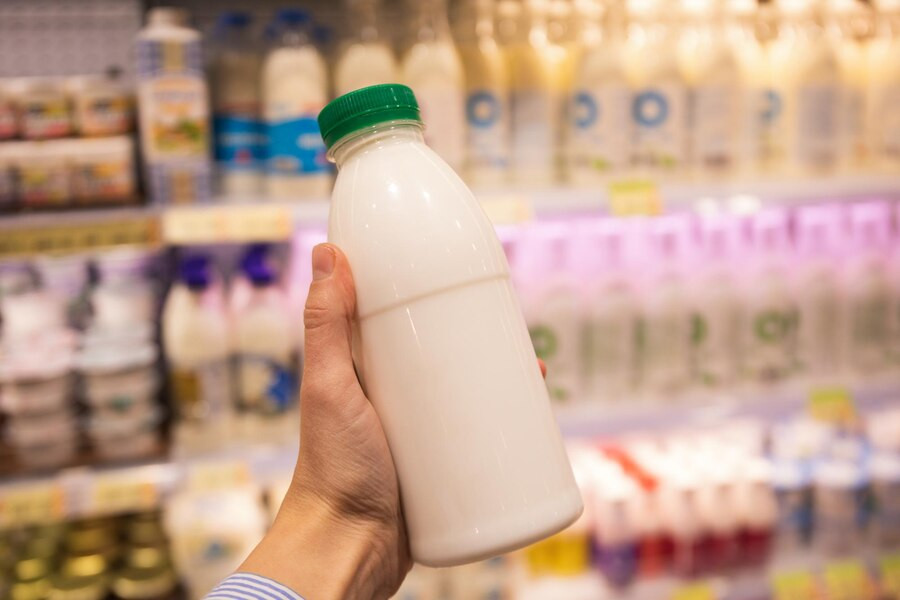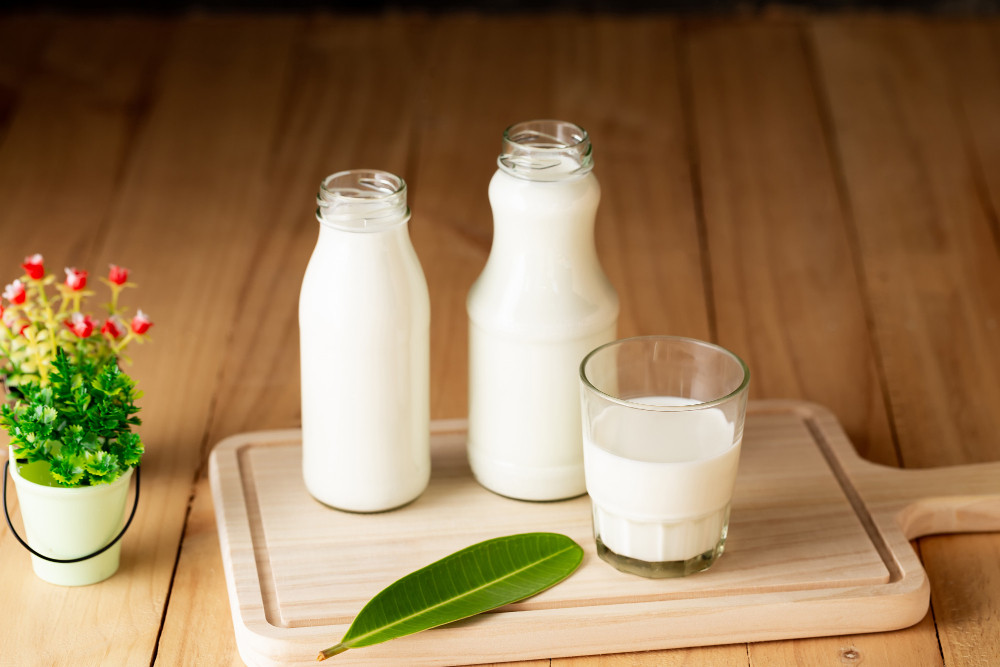Milk is a highly popular and universally adored product across all age groups. During the processing of milk, two primary techniques are utilized to guarantee its safety and quality: Ultra High Temperature (UHT) treatment and pasteurization. Let us explore further the differences among each of these methods.
What is UHT milk?
UHT milk refers to milk that has been treated using the Ultra High Temperature (UHT) procedure. This milk processing technique involves exposing the milk to an elevated temperature of approximately 130-140° Celsius for a brief duration of 3-5 seconds.
This brief but extremely hot heating technique is designed to kill most other bacteria that could damage dairy products or cause disease, as well as all pathogenic ones.
Following the process of heating, the milk is promptly packaged in a manner that ensures aseptic conditions, preventing any further contamination. The outcome is milk that can be preserved for an extended period at ambient temperature without the need for refrigeration until the container is unsealed.
An important benefit of UHT milk is its extended durability. UHT milk can be stored at room temperature for an extended period of time without requiring refrigeration prior to opening. UHT milk is highly convenient for storage and consumption.
Regrettably, as a result of the intense heating procedure, several vitamins and enzymes in UHT milk could experience damage or reduction. Nevertheless, UHT milk retains its nutritional value, including essential elements such as protein, calcium, and fat.
Read more: The Nutrition Of Almond Milk (Almond Milk) And The Risk Of Consumption
What is pasteurized milk?
Pasteurized milk refers to milk that has gone through the process of pasteurization. This technique uses the process of heating milk at a lower temperature, specifically between 63-72° Celsius, for a duration of 15-30 seconds. The objective of this method is to eradicate contaminants while preserving the nutritional composition and flavor of the milk. Milk is typically refrigerated after pasteurization to preserve its quality.
The nutritional content is less impacted by pasteurization than by the UHT process. The nutritional content of pasteurized milk is more comparable to that of raw milk due to the improved preservation of vitamins and enzymes.
Pasteurized milk has a shorter shelf life than UHT milk, which is a disadvantage. Cold storage is required for this milk, which typically has a shelf life of a few days to a week following its opening.
Pasteurized milk is characterized by a flavor and texture that are more reminiscent of fresh milk. Real milk receives minimal modifications during the lower heating procedure.
Pasteurized milk is also effective in eliminating pathogenic bacteria; however, it is more susceptible to contamination when not stored at a low temperature. In order to preserve the purity and safety of pasteurized milk, it is crucial to store it at a low temperature.
Read more: Milk And Its Derivative Products Are Fattening And Unhealthy, Myth Or Fact?
Choosing between UHT milk and pasteurized milk
Personal taste, storage requirements, and intended nutritional value define the decision between UHT and pasteurized milk. UHT milk is a good option if you require long-term storage of milk free from refrigeration.
Pasteurized milk might be more suitable, though, if you want a fresher taste and can keep milk in the refrigerator.
If you need recommendations for the type of milk according to your needs and health conditions, you can either visit a doctor, a nutritionist, or make use of the consultation features that are available in the Ai Care application by downloading the Ai Care application from the App Store or Play Store.
Looking for more information about nutrition, food, and other diet tips? Click here!
- dr Nadia Opmalina
National Dairy Council (2022). What is UHT milk?. Available from: https://ndc.ie/accordion/what-is-uht-milk/
Louisiana Department of Health. Milk and Milk Product Pasteurization. Available from: https://ldh.la.gov/page/milk-and-milk-product-pasteurization
American Dairy Association North East. What is Pasteurization and Why is it Important?. Available from: https://www.americandairy.com/dairy-diary/what-is-pasteurization-and-why-is-it-important/
International Dairy Foods Association. Pasteurization. Available from: https://www.idfa.org/pasteurization
IOMCworld. UHT- Processing. Available from: https://www.iomcworld.org/medical-journals/uht-processing-49363.html












